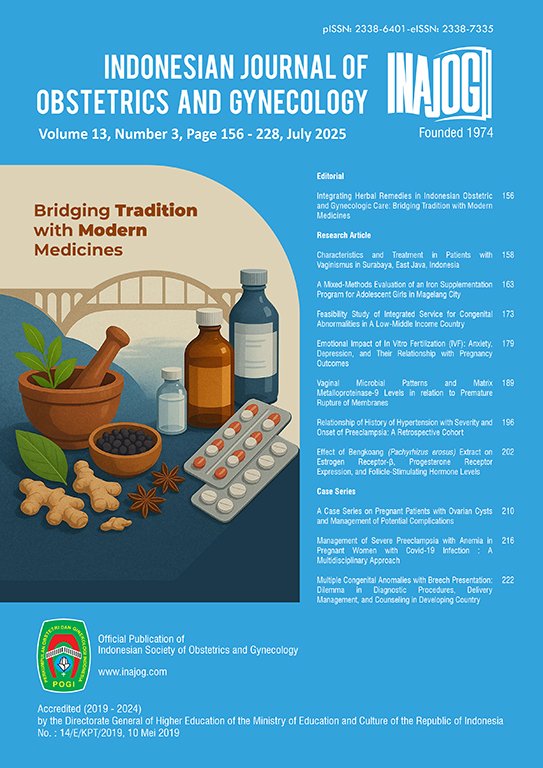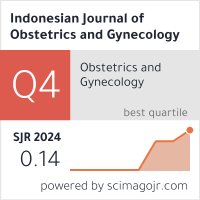Multiple Congenital Anomalies with Breech Presentation: Dilemma in Diagnostic Procedures, Delivery Management, and Counseling in Developing Country
Abstract
Objective: Multiple congenital anomalies present significant diagnostic and management dilemmas, particularly in resource-limited settings. Globally, these conditions affect approximately 1 in 33 infants and are a major contributor to perinatal mortality. We report a rare case of a term pregnancy with severe, undiagnosed multiple congenital anomalies, highlighting the challenges in diagnosis, delivery management, and counseling in a developing country.
Case Illustration: A 22-year-old primigravida presented at 35-36 weeks of gestation in active labor with a fetus in breech presentation. Antenatal ultrasonography at 27 weeks had revealed a single live fetus with severe fetal growth restriction, polyhydramnios, and multiple structural anomalies suspicious for an underlying trisomy. Amniocentesis was offered for a definitive diagnosis but was declined by the family. A female neonate was delivered via spontaneous vaginal breech delivery, with low APGAR scores. The infant was admitted to the High Care Unit for respiratory support but passed away the following day due to respiratory failure. The family had opted for a Do Not Resuscitate (DNR) status.
Conclusions: In cases of severe fetal anomalies detected by ultrasound, advanced genetic testing like NIPT followed by diagnostic testing should be offered to facilitate definitive diagnosis and counseling. Delivery decisions in such cases should be individualized, prioritizing maternal safety while considering the fetal prognosis. This case underscores the urgent need for improved access to and awareness of genetic counseling and diagnostic services in developing countries to optimize perinatal outcomes.
Keywords: breech presentatoin, developing countries, genetic counceling, multiple congenital anomalies, prenatal diagnosis.
Downloads
Copyright (c) 2025 Indonesian Journal of Obstetrics and Gynecology

This work is licensed under a Creative Commons Attribution-NonCommercial-ShareAlike 4.0 International License.













